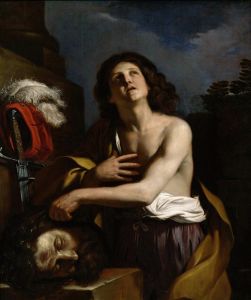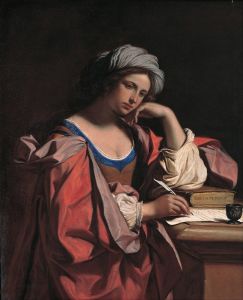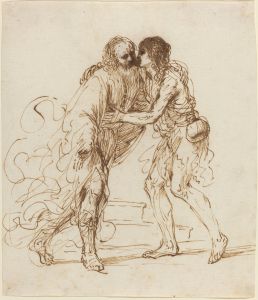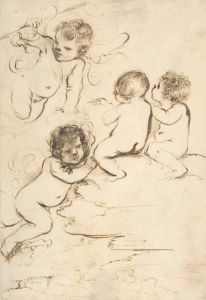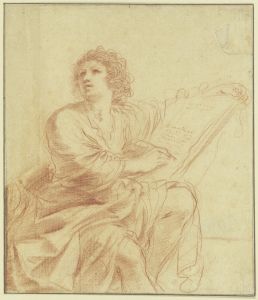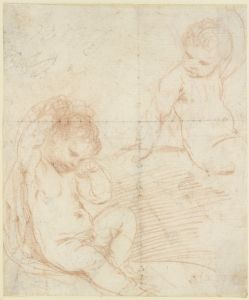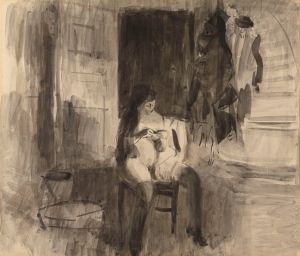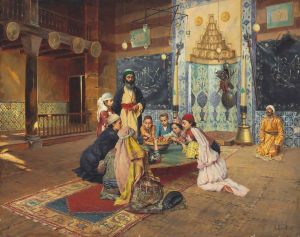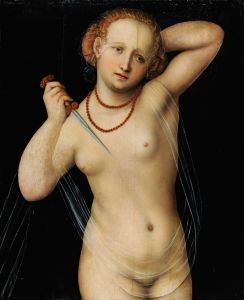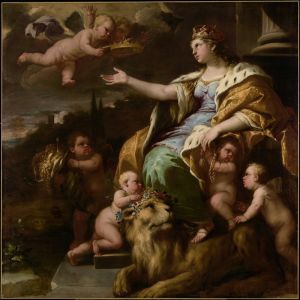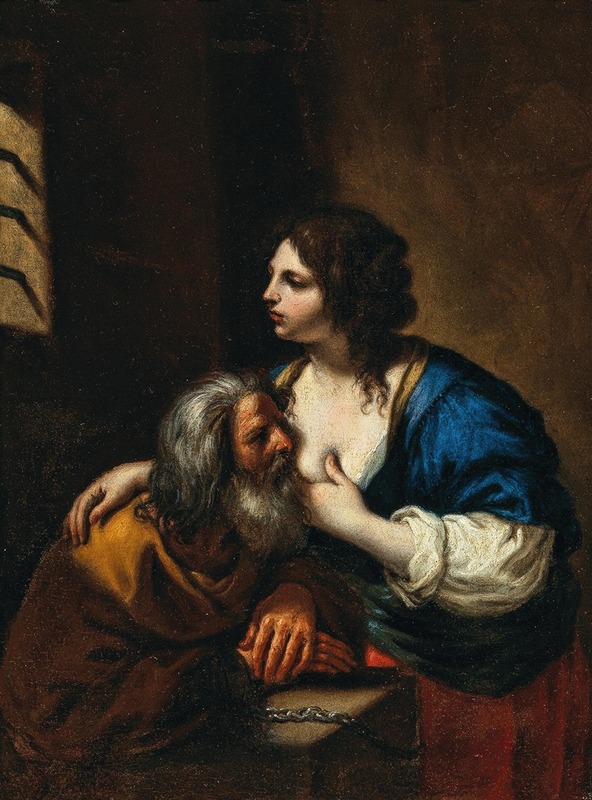
Caritas Romana
A hand-painted replica of Guercino’s masterpiece Caritas Romana, meticulously crafted by professional artists to capture the true essence of the original. Each piece is created with museum-quality canvas and rare mineral pigments, carefully painted by experienced artists with delicate brushstrokes and rich, layered colors to perfectly recreate the texture of the original artwork. Unlike machine-printed reproductions, this hand-painted version brings the painting to life, infused with the artist’s emotions and skill in every stroke. Whether for personal collection or home decoration, it instantly elevates the artistic atmosphere of any space.
"Caritas Romana" is a painting by the Italian Baroque artist Giovanni Francesco Barbieri, better known as Guercino. Created in 1612, this work is a notable example of Guercino's early style, characterized by its dramatic use of light and shadow, as well as its emotional intensity. The painting depicts the Roman legend of "Caritas Romana," a story that exemplifies the theme of filial piety and selfless love.
The legend of "Caritas Romana" tells the story of a woman named Pero who secretly breastfeeds her father, Cimon, after he is imprisoned and sentenced to death by starvation. The act of Pero nursing her father is discovered, but instead of punishment, the authorities are so moved by her devotion that they pardon Cimon. This tale was a popular subject in art and literature during the Renaissance and Baroque periods, symbolizing the virtues of charity, compassion, and familial duty.
Guercino's interpretation of this story captures the emotional depth and moral complexity of the scene. The painting focuses on the intimate moment between Pero and her father, emphasizing the tenderness and sacrifice inherent in her actions. Guercino employs chiaroscuro, a technique that uses stark contrasts between light and dark, to highlight the figures and create a sense of drama. The light falls softly on Pero, illuminating her serene expression and the gentle gesture of her offering sustenance to her father. Cimon, depicted as an older man, is shown with a look of gratitude and vulnerability, enhancing the emotional impact of the scene.
The composition of "Caritas Romana" is carefully balanced, with the figures positioned in a way that draws the viewer's eye to the central act of compassion. Guercino's use of color is subtle yet effective, with warm tones that add to the painting's overall sense of warmth and humanity. The background is kept relatively simple, ensuring that the focus remains on the interaction between the two main characters.
Guercino's ability to convey complex emotions and moral themes through his art is evident in "Caritas Romana." The painting not only tells a story of personal sacrifice and love but also invites viewers to reflect on the broader themes of human kindness and the bonds of family. This work is an excellent example of Guercino's skill in combining narrative content with technical mastery, making it a significant piece within his oeuvre and within the broader context of Baroque art.
Today, "Caritas Romana" is housed in the Pinacoteca di Brera in Milan, Italy. The painting continues to be admired for its emotional depth and technical brilliance, reflecting Guercino's status as one of the leading painters of the Baroque era. His ability to capture the essence of human experience in his work ensures that "Caritas Romana" remains a powerful and enduring piece of art.





